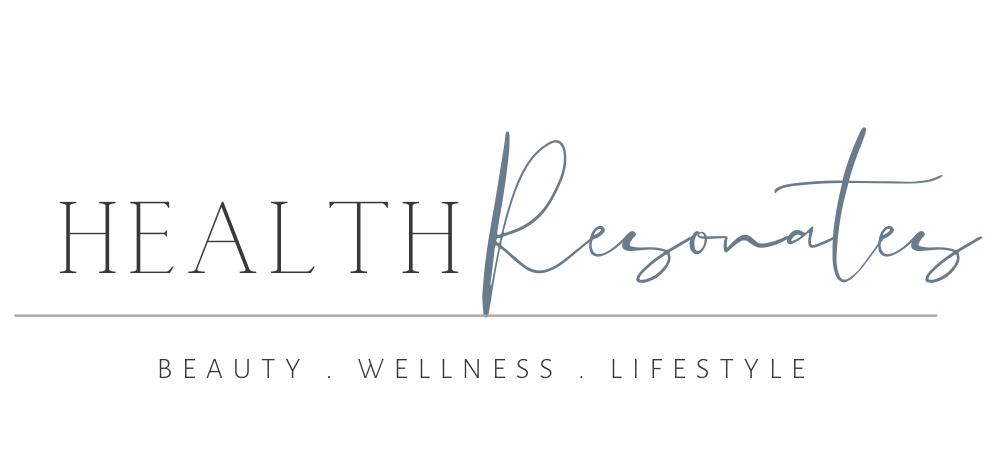Terrible Toxins to Avoid
Do you really know what's in your skincare formulas? Did you know that over 70% of what you put on your skin gets absorbed into the bloodstream?
Studies show that we have hundreds of synthetic, and potentially harmful, chemicals in our bloodstream.
When we choose products to carry at Health Resonates we promise to choose products that are: paraben-free, sulfate-free, phthalate-free, formaldehyde-free, synthetic fragrance-free, and 100% natural ingredients.
The Terrible Toxins List
Parabens
What is it: Preservatives
Where is it found: Cosmetic products that have water and oil to prevent microbial growth and extend shelf life
Why we avoid it: Endocrine disruptors, possibly carcinogenic, found in blood, can cause skin irritations
Other names can be: Methyl/ethyl/butyl/isobutyl/propylparaben.
MEA (Monoethanolamine), DEA (Diethanolamine), or TEA (Triethanolamine)
What is it: Surfactants (increases foam), emulsifiers (bind ingredients)
Where is it found: Face and body washes, shampoos, hair colors
Why we avoid it: Possibly carcinogenic, eye irritation, scalp scurf similar to dandruff, skin rashes and irritations
Other names: MEA, DEA, or TEA
Phthalates
What is it: Plasticizers, fragrance solvents
Where is it found: Many perfumes and scented products
Why we avoid it: Endocrine disrupters, respiratory toxicants, can cause birth defects and infertility in males, may lead to pregnancy loss in females, may alter childhood brain development
Other names: Commonly hidden under “fragrance” or “parfum” (unless identified as 100% essential oils); Anything with “phthalate” in its name, or DBP, DEHP, DMP, DEP
PEG Compounds
What is it: Surfactants (increases foam), emulsifiers (binds ingredients), humectants (retains moisture)
Where is it found: Soaps, shampoos, creams, makeup
Why we avoid it: May be contaminated with carcinogens like 1,4-dioxane, may cause birth defects and infertility
Other names: “PEG”
Sulfates
What is it: Surfactants (increases foam), emulsifiers (binds ingredients)
Where is it found: Face wash, body wash, shampoos, soaps, toothpaste
Why we avoid it: Redness, dryness, itchiness, may be contaminated with carcinogens like 1,4 dioxane
Other names: Sodium lauryl/laureth sulfate, sodium dodecyl sulfate, sodium salt sulphuric acid, monododecyl ester.
Synthetic Colors + Dyes
What is it: Synthetic colorants
Where is it found: Tinted/colored skincare, body care, soaps
Why we avoid it: Dyes are often derived from coal tar or other petroleum byproducts can be carcinogenic
Other names: FD&C or D&C, followed by a color and a number. Example: FD&C Red No. 6 / D&C Green No. 6
Artificial Fragrance
What is it: Scent
Where is it found: Synthetically-scented cosmetics and perfumes
Why we avoid it: The synthetic fragrances used in cosmetics can have as many as 200 hidden chemicals. May cause headaches, dizziness, rash, hyperpigmentation, violent coughing, vomiting, skin irritation. If a product is all-natural, "fragrance" or "parfum" should be followed by a clarifier (i.e, "100% essential oils.")
Other names: “Fragrance” or “Parfum” (without a clarifier)
If you are looking at a label at home and feel lost, we recommend clicking here to search your product's ingredients list and see if it is a good product for you.
*We will always choose certified organic ingredients when it is available and possible. For example, honey cannot be organic because beekeepers have no control over what their bees are bringing home. Another example is that a gallon of organic Raspberry Oil is over $600 (a gallon of organic milk is approximately $5.99), which would not make it accessible to the public. In these cases, we always weigh out the pros and cons of including the natural ingredient.

